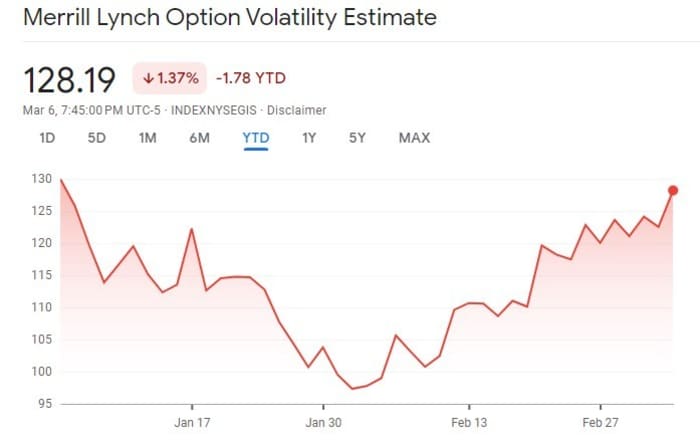Bond yields fell on Tuesday ahead of Federal Reserve Chairman Jay Powell delivering testimony before Congress.
What’s happening
-
The yield on the 2-year Treasury
TMUBMUSD02Y,
4.871%
fell by 3.8 basis points to 4.863%. Yields move in the opposite direction to prices. -
The yield on the 10-year Treasury
TMUBMUSD10Y,
3.940%
retreated 2.9 basis points to 3.935%. -
The yield on the 30-year Treasury
TMUBMUSD30Y,
3.872%
dipped 3.3 basis points to 3.867%.
What’s driving markets
Government bond yields are nudging lower as traders wait to see whether Powell gives any fresh clues about the trajectory of monetary policy when he delivers semi-annual testimony in Congress on Tuesday.
The session before the Senate Banking Committee is due to start at 10 a.m. Eastern. Powell will also speak before the House on Wednesday.
Two-year U.S. government bond yields sit just shy of their highest levels in 15 years after the Fed hiked interest rates by 450 basis points in the last 12 months in order to tackle inflation that remains more than three times the central bank’s 2% target.
Markets are pricing in a 72.3% probability that the Fed will raise interest rates by another 25 basis points to a range of 4.75% to 5.0% after its meeting on March 22nd, according to the CME FedWatch tool.
The central bank is expected to take its Fed funds rate target to 5.46% by October 2023, according to 30-day Fed Funds futures.
The fixed income market remains wary. The MOVE index, a gauge of expected Treasury price volatility, is near its high for the year having jumped about 30% since the start of February.

Source: Google Finance.
What are analysts saying
“[A]ll eyes will be on whether Powell uses the opportunity to strike a more hawkish tone [during his Congressional testimony], particularly given the strong data and upward inflation revisions since the last FOMC meeting,” said Jim Reid, strategist at Deutsche Bank.
“The question of most interest will be whether he indicates a preference to stick to the 25 basis point pace going forward, or if 50bp moves are still on the table. Futures are currently pricing roughly a 1 in 4 chance of a 50bp move at the next meeting, so confirmation that’s being considered could lead to a sizeable market reaction. Ultimately though, since we’ve still got another jobs report and CPI print before the March decision, there’s still several other factors that’ll influence that decision,” Reid added.
